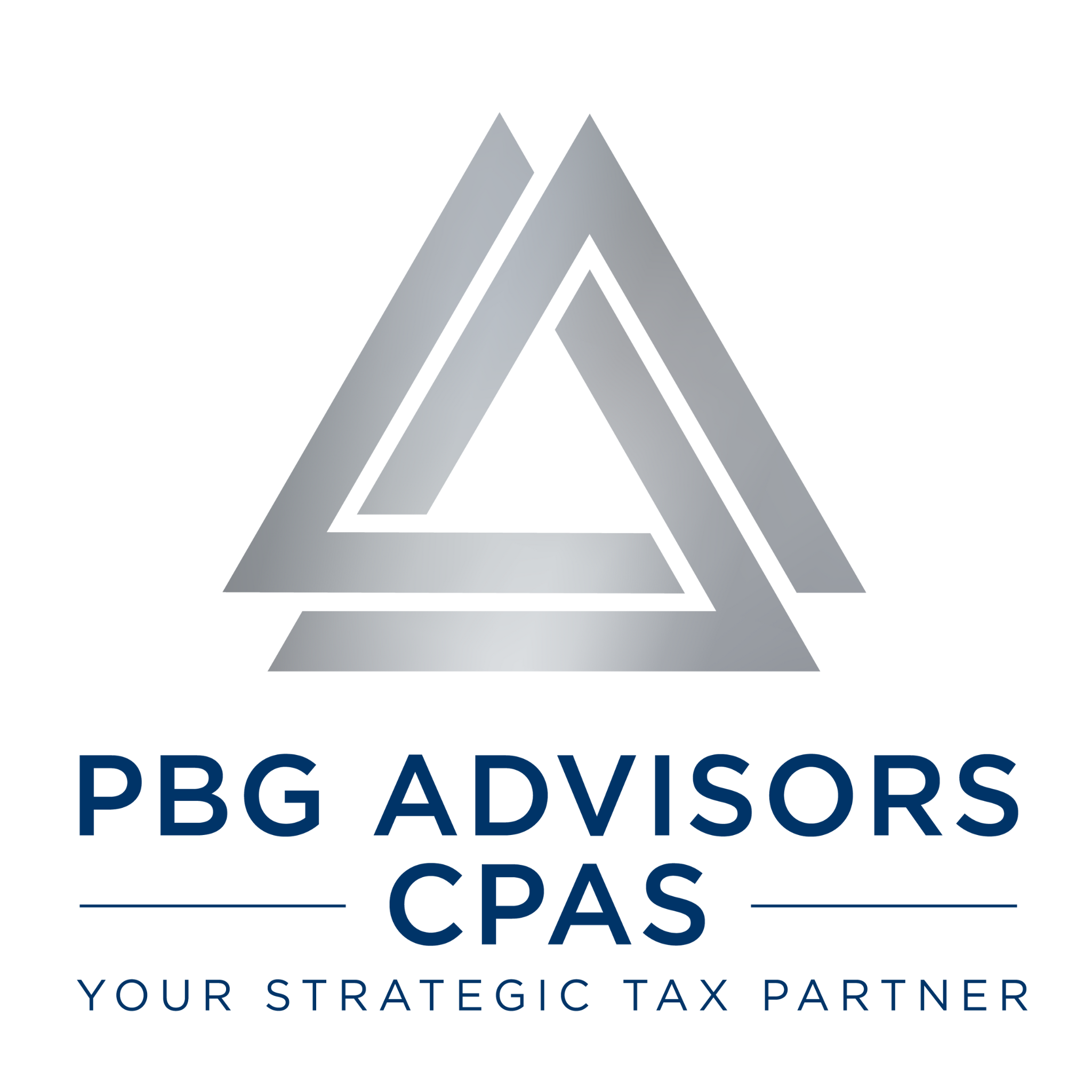Payroll Accounting: The Basics
Payroll is an integral part of every business. The payroll accounting process involves paying wages, calculating hours, applying benefits, deducting taxes and collecting garnishments, all while staying in compliance with federal rules, state laws and local regulations.
The best thing you can do for your business is to create a payroll schedule. Not only will this ensure that you complete payroll-related tasks in a timely manner, but it can also help you decide what benefits to offer.
What type of documentation do you need in order to file payroll taxes?
In order to file payroll taxes, the federal government says you’ll need either an employer number or a federal tax identification number. On a state or local level, you’ll likely also need an identification number for your business.
Why is payroll accounting beneficial?
Payroll accounting makes it possible for you to stay on top of expenses, namely when it comes to paying employees. That way, you can understand the total value of your company’s labor-related business costs.
A payroll accounting process can help you assess the financial impact of the decisions you make for your business. For instance, payroll accounting measures allow you to understand whether you should hire more full-time employees, part-time staff, consultants or contractors. Likewise, payroll accounting processes are what make managing tax liability records that much easier.
The easiest way to document information pertaining to payroll accounting processes is to create financial journal entries. You can jot down information about benefits, payroll taxes and wage deductions among other payroll-related details. Just make sure you are as detailed as possible so that your entries reflect a clear depiction of your business’ payroll expenses.
What information should you include as part of your payroll accounting process?
You should include the following information:
- Employee compensation
- Taxes withheld for employees
- Taxes withheld for employers
- Pay withheld for benefits-related reasons
- Tuition reimbursement, if applicable
- Costs associated with employee benefits
The entire point of a payroll accounting process is to provide yourself with a documented record of all the tax and legal obligations pertaining to your business. From there, you can compare your payroll information to federal, state and local tax laws to ensure you’re in compliance, which will naturally eliminate the chances of tax-related penalties and audits. Plus, your employees will be able to monitor what portion of their paychecks is taken out for taxes.
When you can look at the costs associated with hiring and retaining employees, you’re more likely to properly assess the profitability of the business. A payroll accounting overview will also help you decide how much and how often to pay your employees based on factors like the number of hours worked, each person’s job title and the services rendered from employing them. Payroll accounting processes make onboarding a breeze too.
Similarly, payroll accounting practices involve calculating the payments associated with payroll, which your business must make. You have two options when it comes to these calculations: manual or automatic. If you opt for manual calculations, make sure you have a system in place to ensure no human mathematical errors seep through the cracks.
You’ll need to determine the gross pay for each of your employees for each pay period. If you have hourly employees, all you have to do is multiply the number of hours each employee works by the hourly rate that each employee earns. On the other hand, you can choose to pursue an automatic payroll system carried out by technology instead.
With an automatic payroll system, the gross pay and relevant withholdings for each employee will be calculated automatically. From there, the technology you utilize will output an overview of all payroll-related expenses on behalf of your business.
If you decide to use payroll software, look for options that offer a cloud-based portal. That way, your employees will be able to access the portal, resulting in full transparency of each employee’s benefits and salary.
This is an incredible option for those who want to ensure that no payroll-related errors arise, because the automated payroll option automatically tracks hours logged by employees. It will also calculate pay rates and indicate which deductions should be made.
What should be included in your chart of accounts?
Your chart of accounts should include the following information:
- The salaries and compensation of your employees
- The cost of health insurance as an employee benefit
- The amount of money withheld from paychecks for federal and state taxes
- The amount of money withheld for Social Security and Medicare
- The amount of money spent on workers’ compensation cases
Now that you have paid all the taxes you owe on both a federal and a state level, make it a point to maintain an updated and accurate record of the taxes you paid. In other words, remember to take recordkeeping seriously. As a general rule of thumb, you should keep a copy of your employee tax records on file for four years at a minimum.
At the end of the day, a payroll accounting process tailored to your business means your team will always have access to an accurate overview of the cost of paying employees. The key to success is to establish a process from the very beginning and uphold it over time.
©2024


